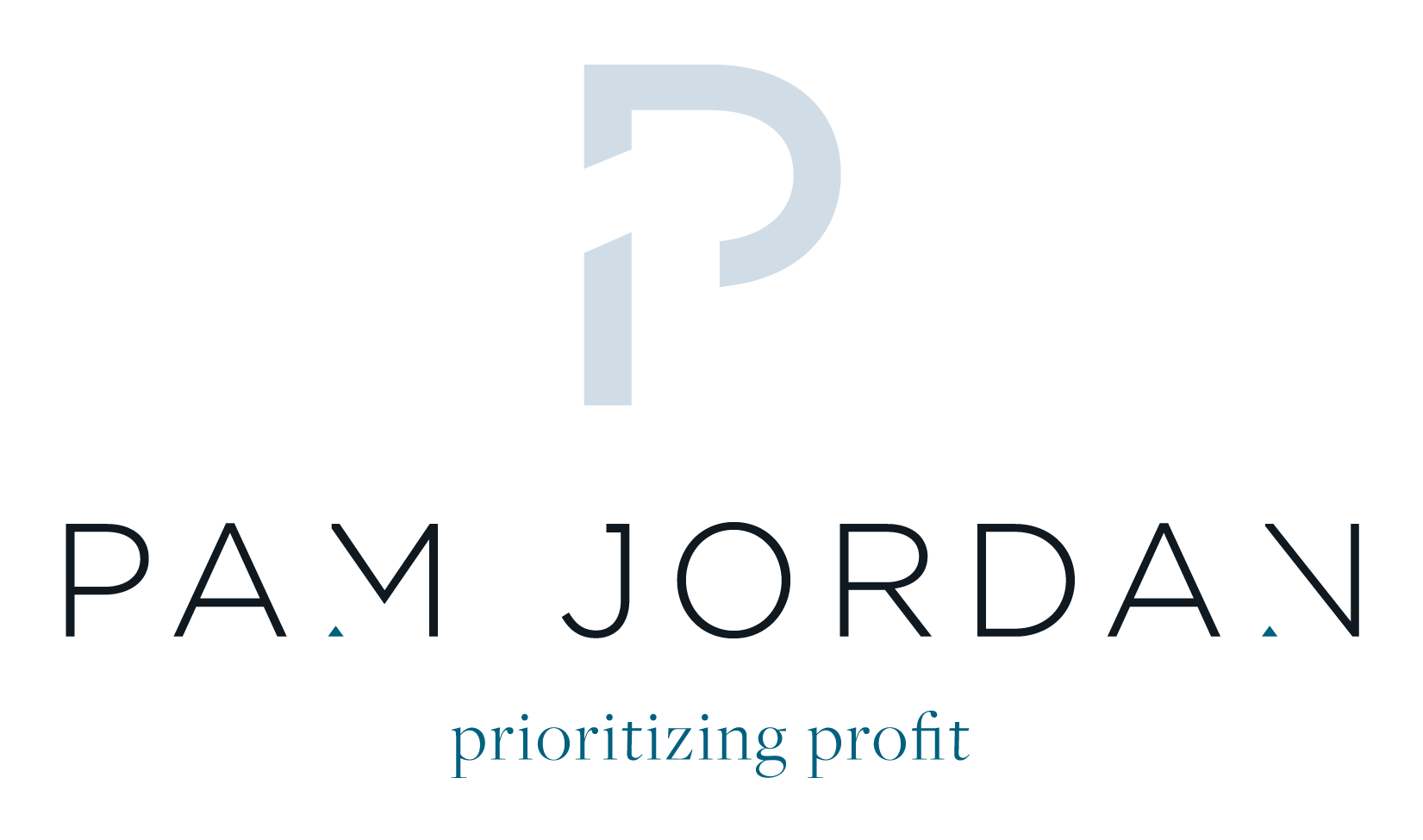Sales Do Not Mean Profit
It doesn't matter if you make a million dollars if you have zero profit!
💰 DOES YOUR COMPANY MAKE A PROFIT?
Too often I meet entrepreneurs who have sales but zero profit. Ready for the harsh truth - that means they are broke.
📊🚫 Sales ≠ Profit🚫📊
It's a common misconception: the higher your sales, the more profit you must be making. But here's the truth – sales and profit are not synonymous. Let's dive into why focusing solely on sales figures can lead to financial pitfalls and why understanding the difference is crucial for your business success.
💰 The Sales Illusion:
It's easy to get excited when your sales numbers are soaring. However, sales only represent the revenue generated from your products or services. They don't take into account the costs associated with running your business, such as production, marketing, operations, and overhead expenses. In the pursuit of sales growth, many businesses overlook the fact that these costs can eat into the revenue, leaving a smaller profit margin than expected.
📊 The Profit Reality:
Profit is what remains after deducting all your business expenses from your total revenue. It's the actual amount that contributes to the financial health and sustainability of your business. A high volume of sales doesn't guarantee healthy profits if your expenses are equally high or not managed efficiently. Profitability requires a careful balance between revenue and costs.
🔍 The Impact on Cash Flow:
Relying solely on sales without considering profit can lead to cash flow issues. If your expenses are outpacing your profits, you might find yourself in a situation where you have more money going out than coming in. This can hinder your ability to invest in growth opportunities, pay suppliers on time, or manage unforeseen emergencies.
⚙️ Achieving True Profitability:
To ensure your business thrives, it's essential to focus on profit, not just sales. Here's how:
1. Cost Analysis: Regularly review your expenses and identify areas where you can cut costs or optimize spending.
2. Pricing Strategy: Set prices that not only cover your costs but also leave room for a healthy profit margin.
3. Efficient Operations: Streamline your operations to reduce waste, improve productivity, and lower overhead costs.
4. Cash Flow Management: Monitor your cash flow regularly to ensure that your business has enough liquidity to cover its obligations.
5. Long-Term Vision: Plan for sustainable growth that takes into account both sales targets and profit goals.
📈 The Bottom Line:
Sales are undoubtedly important – they drive revenue and open doors to opportunities. However, profit is the ultimate measure of your business's success. It's the foundation that enables you to reinvest, expand, and weather economic challenges. By understanding that sales do not automatically translate to profit, you're empowered to make informed decisions that lead to a financially resilient and thriving business.
Remember, it's not just about making sales; it's about making profits. 💡📊 #ProfitMatters #BusinessInsights #ProfitFirst

